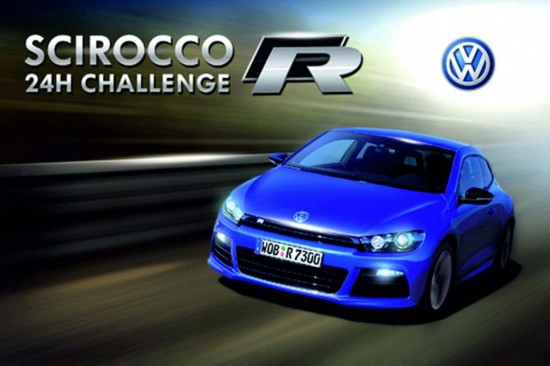 You hear it often (most recently by Average Jane): people who complain about unwanted features and complexities of mobile phones. And now here comes a company (not your ordinary OEM, mind you) who is bringing out just that: the ultimate dumbphone (I am referring to features not potential users). Meet John Doe’s new phone, the anti-smartphone: Dutch agency John Doe (sic!) premiered John’s Phone, which can do, well, make and receive phone calls. SMS? No. Address book? Yes, from paper with a pocket to stick it in at the back. Java? No. Apps? No. Anything other than making phone calls? No.
You hear it often (most recently by Average Jane): people who complain about unwanted features and complexities of mobile phones. And now here comes a company (not your ordinary OEM, mind you) who is bringing out just that: the ultimate dumbphone (I am referring to features not potential users). Meet John Doe’s new phone, the anti-smartphone: Dutch agency John Doe (sic!) premiered John’s Phone, which can do, well, make and receive phone calls. SMS? No. Address book? Yes, from paper with a pocket to stick it in at the back. Java? No. Apps? No. Anything other than making phone calls? No.
It is, I would posit, a luxury phone nonetheless, i.e. for people in countries where there is actually a choice of information and media sources. Alas, these countries (Western Europe, US, Japan) also are the countries with an ageing population and, judging by my own mum, they might well be fed up with all those fancy gimmicks they have absolutely no use for and, hence, yearn for simplicity (because, let’s face it, the fact of being reachable and able to make a call even when you’re out and about is intriguing, as demonstrated by the early success of phone booths).
The news highlights something I have been harping on about often and for a while (both in public and in private), and that is the fact that there is more than one market out there for phones (in much the same way that there are different segments for, say, cars). And whilst there are the Porsches of the mobile world (few models, high-end, high-priced), the Hyundais and Kias are often overlooked by the mobile afficionados and their attempts to read the crystal balls of mobile technology evolution. Porsche is (OK, was, prior to their misguided attempt to take over Volkswagen) the most profitable car maker in the world (as, incidentally, Apple is in the mobile space), Nokia and Samsung (and ZTE, and …) shift many more handsets. Who is better? Well, the answer is: this is the wrong question. Porsche and Kia do not serve the same segment and are, hence, not competing.
Nokia and Samsung could be described as the Volkswagen or Toyota of the mobile world: broad range of models attempting to also capture the high-end (Volkswagen through its Audi, Bentley, Bugatti ranges, Toyota with Lexus) and they do so with varying success (Bugatti and Bentley are, I believe, loss-making). However, they do it in any event with lesser margins than Porsche (it’s a distorted picture now that VW effectively owns Porsche but, hey). Again, is this good or bad? And the answer is again: neither.
When we bring this back to the larger discussion on Nokia’s demise (or not), we should probably just identify Nokia’s (alleged) problem on the high-end. Symbian might be high-powered VW but it is no Porsche. That will still leave the VW Golf as the top-seller in many countries though, meaning that and s40 and the likes might still be very viable (and appropriate!) platforms for large parts of the market. So not all might be lost. It is “just” that Nokia needs to look at the challenge of providing the broad range. And it might be worthwhile looking at VW as a comparison: they do share certain platforms but run Audi as a unit separately! And this is where Nokia differs. Might that be the solution?
As to John’s phone, I am not sure if South Park-esque icons appeal to the golden oldies but then, it either just might or (perhaps equally plausible) they might not even know South Park, which would be just as good. Will it shift? I doubt it. Why, you say? Because they don’t have the distribution of the Nokias and Samsungs of this world, that’s why (plus, it might be just too crude after all; or is that the geek-me?).
Thanks to @claireboo for the heads-up.


